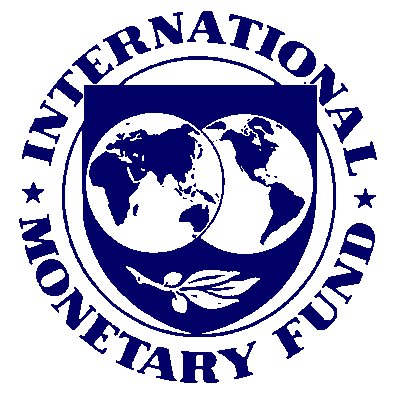“The only function of economic forecasting is to make astrology look respectable.” – John Kenneth Galbraith
Every bull market needs a story. In fact, different phases of the same bull market need different stories.
The latest story to hit the Indian stock market is that India will grow faster than China in 2016. This economic forecast has been made by the International Monetary Fund (IMF) in the World Economic Forum Outlook Update which was released yesterday (January 20, 2015). In this update, the IMF expects India to grow by 6.5% against China’s 6.3%.
This forecast is along the lines of another forecast made by the World Bank on January 14, where it said that India will grow by 7% in 2017-2018. It expects China to grow by 6.9% during the course of that year.
The IMF offers reasons as to why it sees growth in China slowing down from 7.8% in 2013 to 6.3% in 2016. “Investment growth in China declined in the third quarter of 2014, and leading indicators point to a further slowdown. The authorities are now expected to put greater weight on reducing vulnerabilities from recent rapid credit and investment growth and hence the forecast assumes less of a policy response to the underlying moderation,” the IMF states.
For India, the IMF states that the “weaker external demand” will be “offset by the boost to the terms of trade from lower oil prices and a pickup in industrial and investment activity after policy reforms.”
As far as justifications are concerned, you cannot get more general than this. Having said that, this bit of news drove the BSE Sensex to rally by 1.84% to close at 28,784.67 points on January 20. The foreign insitutional investors who have been at the forefront of driving the Indian stock over the last few years, bought stocks worth Rs 1275.59 crore. The domestic insitutional investors, who on most days do the opposite of what the FIIs are doing sold stocks worth Rs 761.7 crore.
With India likely to grow faster than China in the years to come, it is but natural that FIIs want to bet their money on India. Nevertheless, the question is, should the IMF forecast on India (or even their forecasts in general) be taken so seriously?
IMF forecasts in general have a certain amount of optimism bias built into them. As Chris Giles wrote in the Financial Times in October 2014: “Between 2011 and 2014, these forecasts have averaged 0.6 percentage points higher than the outturn…In the very laudable exercise to examine what went wrong, the fund discovered about half of its errors came from predicting greater strength in Brics countries – Brazil, Russia, India and China – than occurred.”
So, in the recent years the forecasts made by IMF have been going wrong big time. In fact, in the aftermath of the financial crisis, the forecasts have been going wrong since 2009. As Alex Christensen writing in a June 2014 article for Global Risk Insights points out: “Every year since 2009, the IMF has overestimated the growth of not only the US but also of Europe and the world…Since 2009, when economic prospects looked dour, these forecasts have consistently been too optimistic. In 2010 and 2011, the IMF projected the world to catch up to the pre-crisis GDP trend by 2015. Now, it projects that world output will still be 4% lower than the pre-crisis trend in 2018.”
What these insights tell us is that IMF forecasts usually turn out to be wrong. In fact yesterday’s outlook release was an update on forecasts first made in October 2014. And sample what IMF had to say in this release: “Global growth in 2015–16 is projected at 3.5 and 3.7 percent, downward revisions of 0.3 percent relative to the October 2014 World Economic Outlook (WEO). The revisions reflect a reassessment of prospects in China, Russia, the euro area, and Japan as well as weaker activity in some major oil exporters because of the sharp drop in oil prices.”
In a period of less than four months the IMF has had to revise the global growth numbers majorly. Taking these factors into account, it is safe to say that IMF’s forecast for India growing at 6.5% in 2016 will turn out to be wrong. And given this, this and other forecasts made by the IMF need to be taken with a pinch of salt.
(Vivek Kaul is the author of the Easy Money trilogy. He tweets @kaul_vivek)
The article originally appeared on www.firstpost.com on Jan 21, 2015
